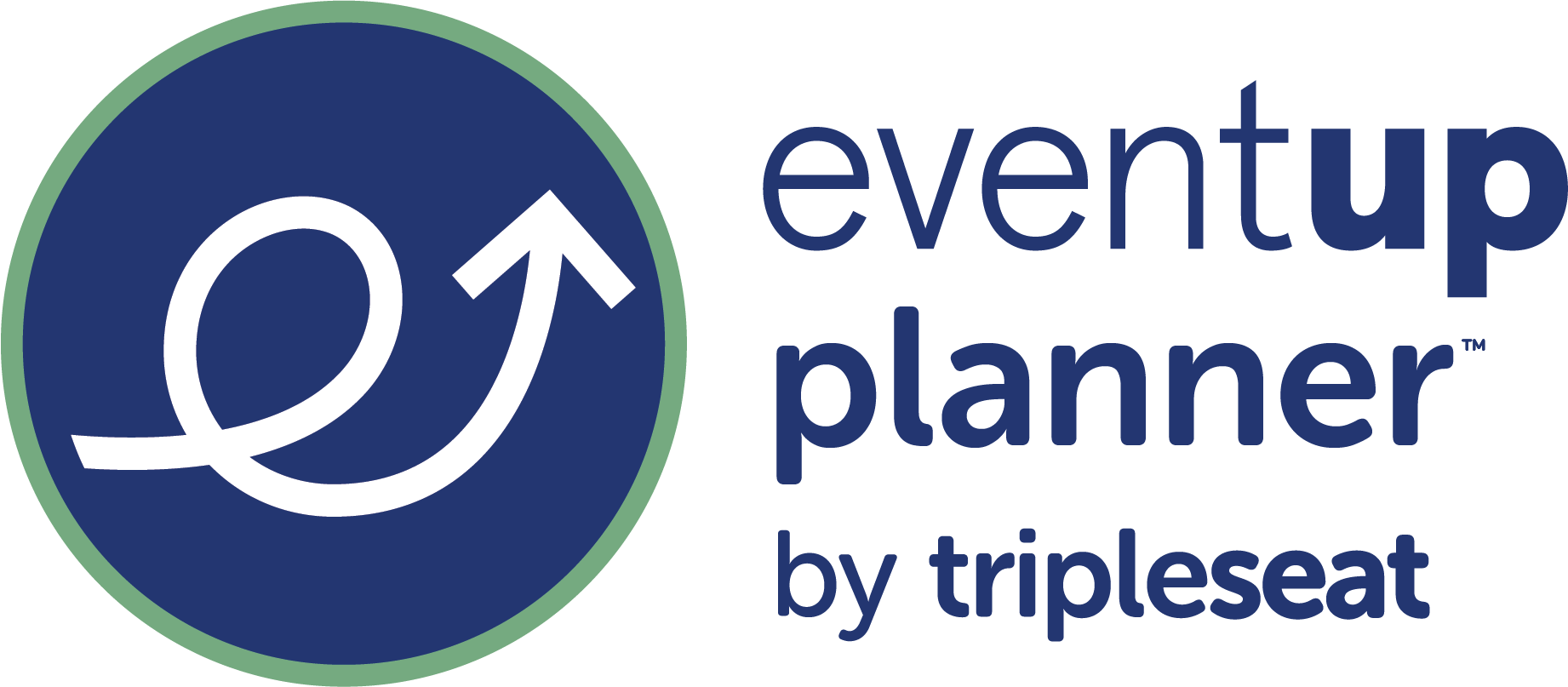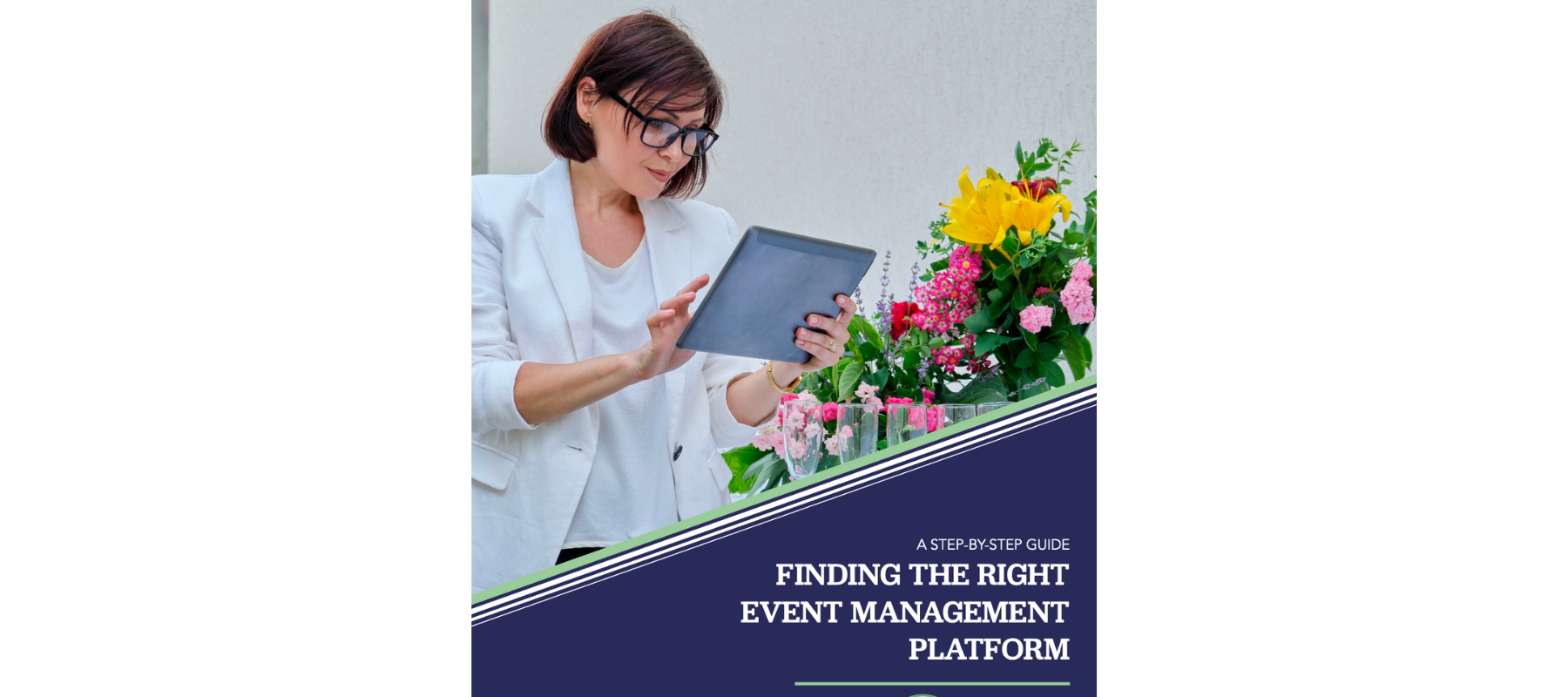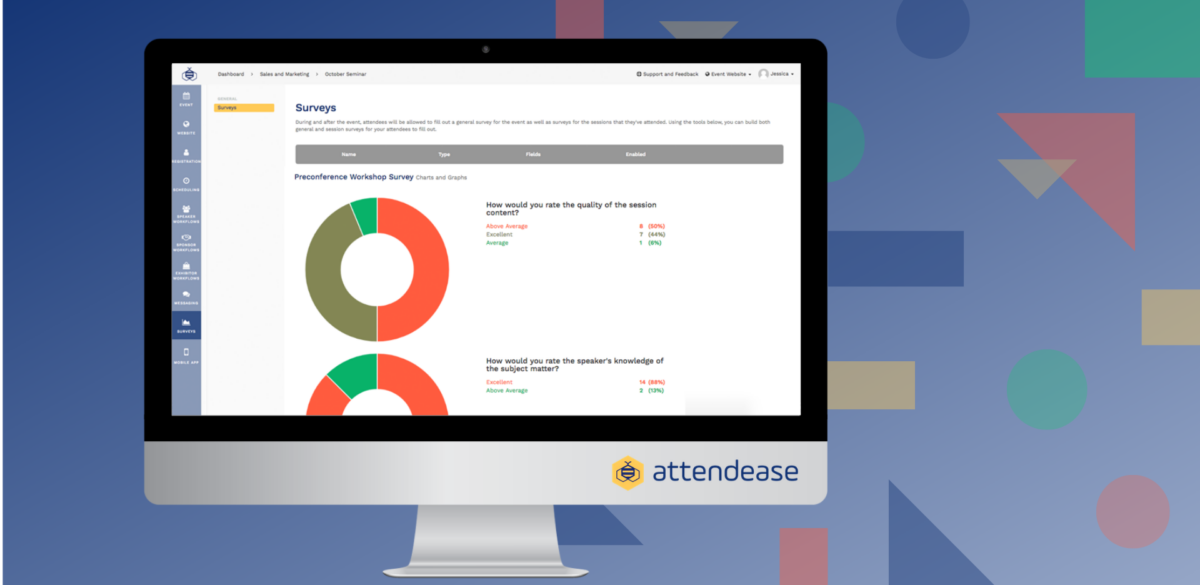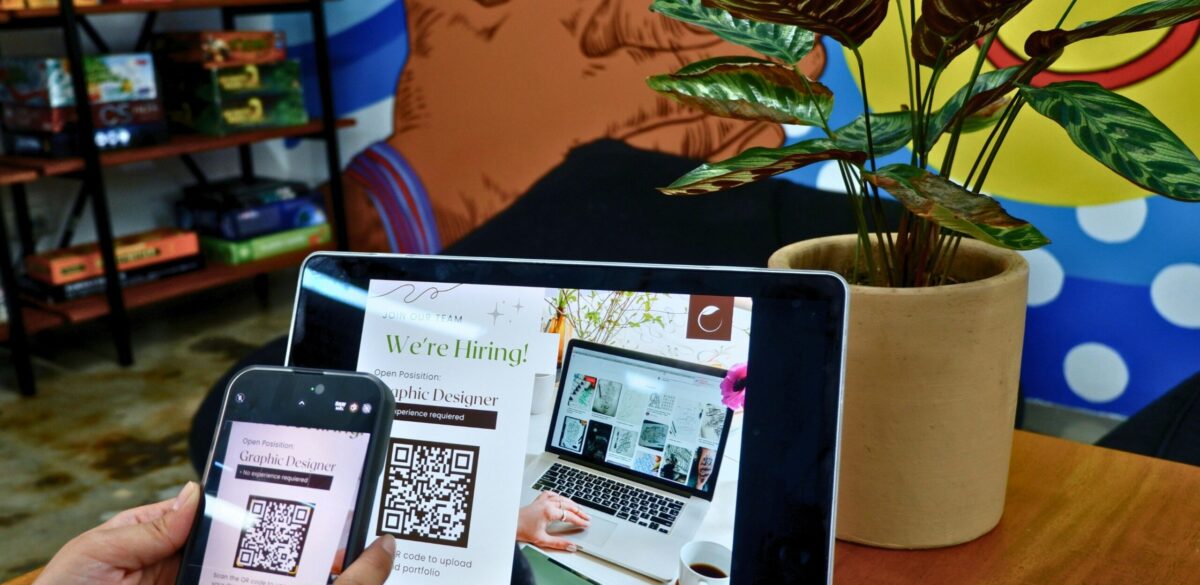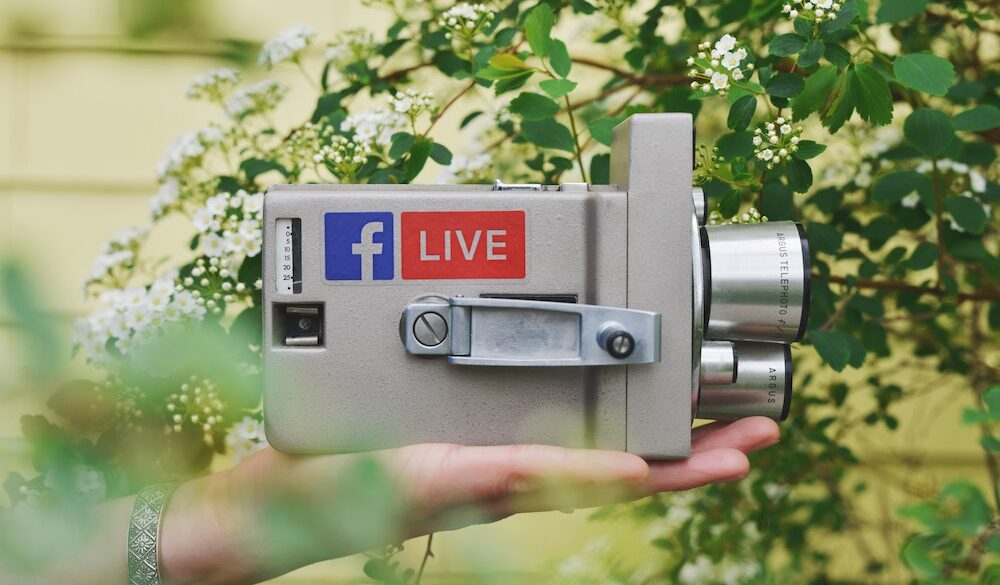Events can be a great way to expand brand awareness, educate an audience on a given topic, or even form important connections within your industry. But if you aren’t careful when planning your event, it can also lead to unanticipated environmental harm.
According to MeetGreen, the average conference produces 4.17 lbs of waste per attendee, per day (2.56 lbs of which will go to a landfill). Compounded across a three-day event with 1,000 attendees, this adds up to just over 12,500 lbs of waste—roughly equivalent to the weight of four compact cars.
With attention to detail and an open mind, it’s possible to run a more sustainable event without blowing your budget on pricey “green” alternatives. This post explores exactly how to do it, including how event management software can play a key role. Let’s jump in!
How to Run a Sustainable Event: 6 Tips
Ready to make your events greener without breaking the bank? Here are 6 ways to get started.
- Understand the carbon footprint of your event
Waste is a huge contributing factor to your event’s environmental impact.
But before you can figure out where to make eco-conscious swaps, it’s important to understand the types of waste events produce.
“Even with a good composting and recycling program at the venue, a mid-sized corporate trade show with around 5,000 attendees will still go through tons of waste,” shares Shawna McKinley, Events Sustainability Specialist.
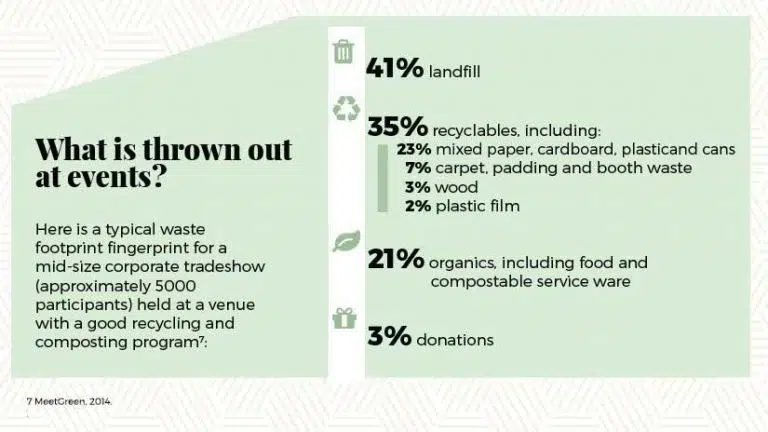
Some examples of common waste streams include:
- Disposable coffee cups, including lids
- Food packaging and serviceware
- Food waste
- Vinyl banners
- Name badges
- Audio-visual waste (lightbulbs, batteries, cables, etc.)
- Carpet
- Plastics that can’t be recycled by municipal programs
…To name only a few.
However, the carbon footprint generated by your event goes beyond waste alone.
McKinley suggests becoming aware of the carbon footprint generated by event-specific activities. This includes air travel and ground transportation, the energy used by hotels and venues, catering, and more.
The graphic below shows the typical breakdown contributing to an event’s carbon footprint (based on a mid-sized national association conference tradeshow with around 5,000 attendees):

Keeping these distributions in mind as you plan your event will open up opportunities to select greener alternatives at every stage.
| GET THE FREE GUIDE: Learn the pieces that you need to run your multi-session event online! |
- Make eco-conscious swaps for common waste types
Now that you understand where events typically create waste, you can choose greener alternatives.
For example, if you know that most event waste is sent to landfills, any of the following strategies could enable you to divert event items to more sustainable alternatives:
Limit usage of paper signage, brochures, and other print materials
Unfortunately, attendees often toss these into the garbage—even if designated areas for recycling exist. Event planning software with a mobile event app or electronic files can communicate much of the same information without the need for paper!
Work with environmentally-conscious vendors
If these options aren’t made obvious by your vendors, ask. They may have eco-friendly solutions available, even if they don’t publicize them.
Choose refreshment options that require fewer waste products
For instance, a coffee bar with porcelain mugs will reduce waste from disposable cups, while a buffet-style meal will produce less trash than providing boxed meals for attendees. Even better, encourage your attendees to bring their own reusable mugs and utensils!
Identify options to reduce food waste
The more accurate your attendee counts are throughout the registration process, the closer you can get your order to what you’ll actually use. In addition, ask about options to donate unused food or to send it off for composting, rather than throwing it away.
Even implementing one of the above strategies can help your event significantly reduce waste.
- Plan your event with sustainability in mind from the jump
Planning is your superpower. Use your skills and abilities to make greener choices from the get-go!
Here are examples of choices you can make in order to reduce your event’s greenhouse gas emissions:
Choose a central location that minimizes travel requirements
Holding your event in a major conference center rather than a more rural or suburban market ensures that more attendees and team members will be able to take direct flights instead of carbon-generating multi-leg journeys.
Book venues that can be easily accessed by public transportation
Ideally, this will minimize the number of attendees who will need to drive or take cabs to the event. You could even introduce a ride-sharing program to reduce ground transportation.
Look for hotels with sustainability programs in place
Hyatt, for example, has a program called World of Care that outlines their commitment to “advancing environmental action so that destinations around the world are vibrant for our colleagues, guests, customers, owners, investors, and communities.”
Insist on LED light bulbs when possible
Not only do these bulbs use less energy to produce the same output, but they should also help the venue save on its utility costs.
Look for vendors whose meals and refreshments are locally sourced
Transporting out-of-season produce or foods that aren’t available locally results in the production of greenhouse gasses.
Serving organic, vegetarian meals helps as well, as both commercial farming practices and the production of commercial meat are associated with higher emissions.
Eliminate print materials as much as possible
Forgoing print materials saves both print costs and the costs of the labor required to design, print, distribute, and clean up print materials.
Look for traditionally paper-heavy processes like event registration to identify opportunities to reduce. For instance, event registration platforms allow you and your team to streamline registration without the burden of collecting and storing paper forms.
Get as close as possible to your actual attendee counts
This won’t just reduce the waste associated with overbuying. It’ll also reduce the costs these overages add to your event bills.
Not only will many of these steps help make your events as green as possible, but they can also help keep your costs low.
| LEARN MORE: Hit your registration targets by following 4 easy steps to boost your event registration by 20% |
- Take your event online
There’s no doubt about it: attendee travel is a huge source of emissions for events. To mitigate this, why not consider taking all or part of your event online?
Virtual and hybrid events—including conferences, seminars, press conferences, and more—continue to rise in popularity. Not only do they make your event accessible to attendees in different locations, but they also significantly reduce the carbon footprint of your event. Going online can also help lower costs related to venue, catering, security, labor, and more.
You could also consider running more virtual events throughout the year to complement your annual conference. This is a great way to keep attendees engaged and eager for the next event!
| LEARN MORE: Looking for industry-leading virtual event software? Look no further than Attendease by Tripleseat. |
- Educate attendees on sustainable best practices
Of course, you can take all the steps in the world to make your event as environmentally friendly as possible. But if your attendees aren’t aware of their role in making the event sustainable, they may unintentionally hinder your efforts.
That’s why running a green event requires a commitment to attendee education. The following tips may help:
- Make it measurable. Depending on the capabilities of your venue and vendors, see if it’s possible to quantify your green initiatives. For example, if you’re able to measure the amount of waste generated at the end of the event, set a goal that’s lower than a previous, similarly-sized event by a specific margin.
- Be vocal about your goals. People love to feel like they’re part of a project or movement! So don’t be shy about announcing your efforts to make your event as sustainable as possible. If you’re trying to reduce your waste by 50% compared to another event, share this number as a part of your event announcements and encourage every person to do their part.
- Integrate reminders into your event app. Use built-in notifications or an event FAQ to share your goal as well as the specific activities attendees can take to be a part of the effort.
If you’re trying to reduce waste, it may help to limit the number of places where trash can be disposed of versus recycled. You could also staff a team member near the receptacles to help remind guests of your goals (paper signage doing the same would be undesirable for obvious reasons!).
- Manage sustainability shortfalls (be realistic)
It’s worth keeping in mind that there are no waste-free or perfectly sustainable events.
Attendees will toss items into the trash and forget to turn off the lights in meeting rooms, not out of ill intent but out of habit or because sustainability is the last thing on their minds in hectic event environments.
Trying to make environmental sustainability fun can help.
Vicky Martín of ACCIONA Producciones y Diseño shares one example of having done so at a past event with the Active Sustainability website: “For the ‘Día de la Música’ festival, we encouraged the audience to exchange used plastic cups for books and magazines under the slogan ‘turn your waste into culture.’”
She also writes about using, at a different event, “an iPad application which enabled guests to know about their carbon footprint or C02 emitted according to the means of transport they had used to go to the event.”
If all else fails, you can estimate the total carbon emissions produced by your event and purchase carbon offset credits through companies like Terrapass.
Not only will doing so help to mitigate the damage associated with conferences and other events, it may allow you to advertise your event as being “carbon neutral.”
Start Small for Sustainability with Event Management Software
You may not be able to make all of these changes at once. But every step made in the direction of environmental-friendliness matters!
Take a look at your upcoming events, and see which swaps will be the easiest to make. Talk to your venue and vendors about the green options they offer. As your sustainability program grows in sophistication, add more and more of these practices until you’ve created a truly green event.
Looking to reduce cumbersome, paper-heavy processes? Considering moving part or all of your next event online? Attendease by Tripleseat has you covered.
- Support in-person, online, and hybrid events with one platform
- Seamless online registration for all event types
- Secure payments with Stripe, Microsoft, Apple, and/or Google Pay
- Template and automate key workflows to make multi-event management easier
We uncomplicate even your most complicated events—and help make them a bit greener in the process. Want to learn how? Book a demo today.
